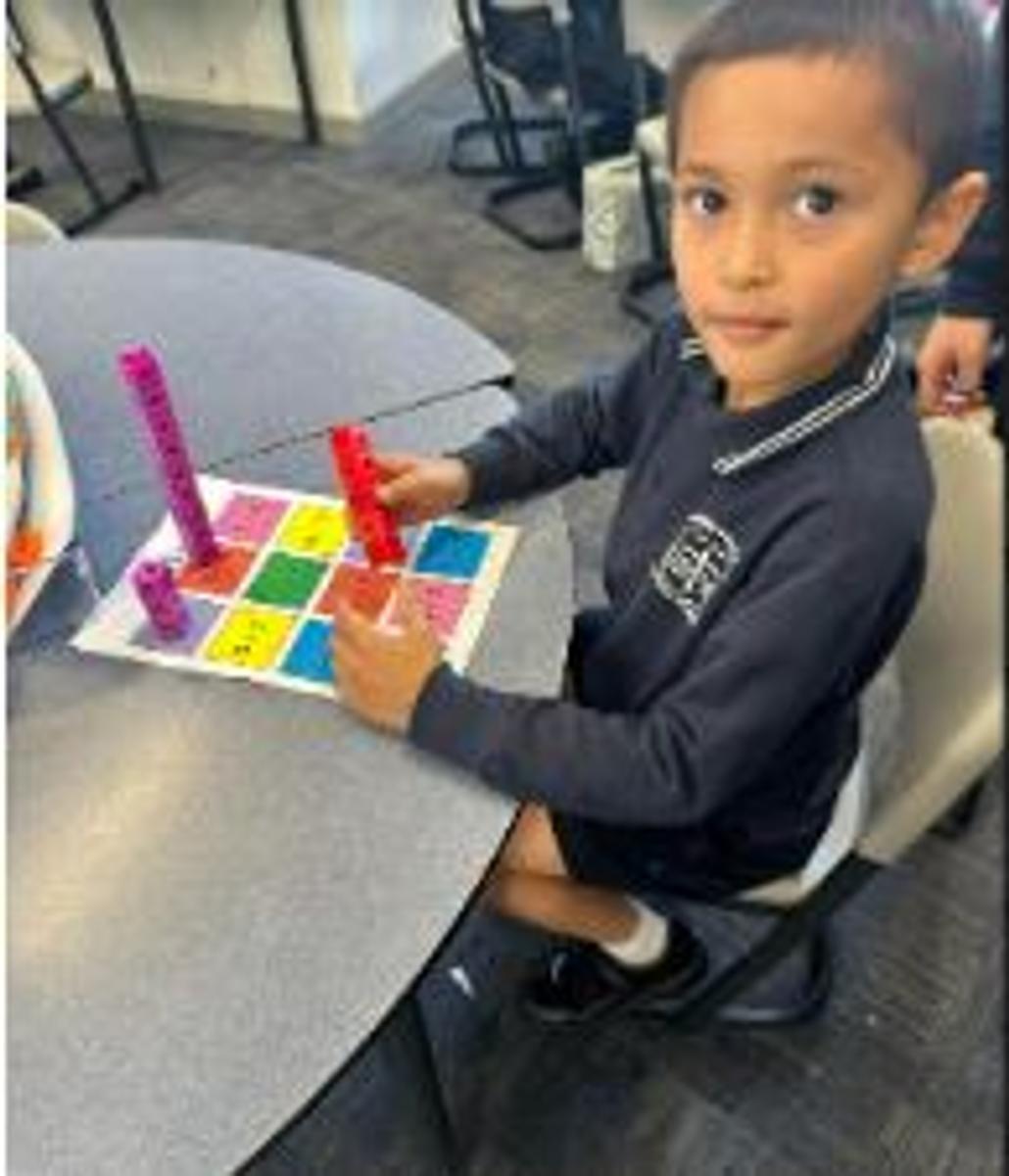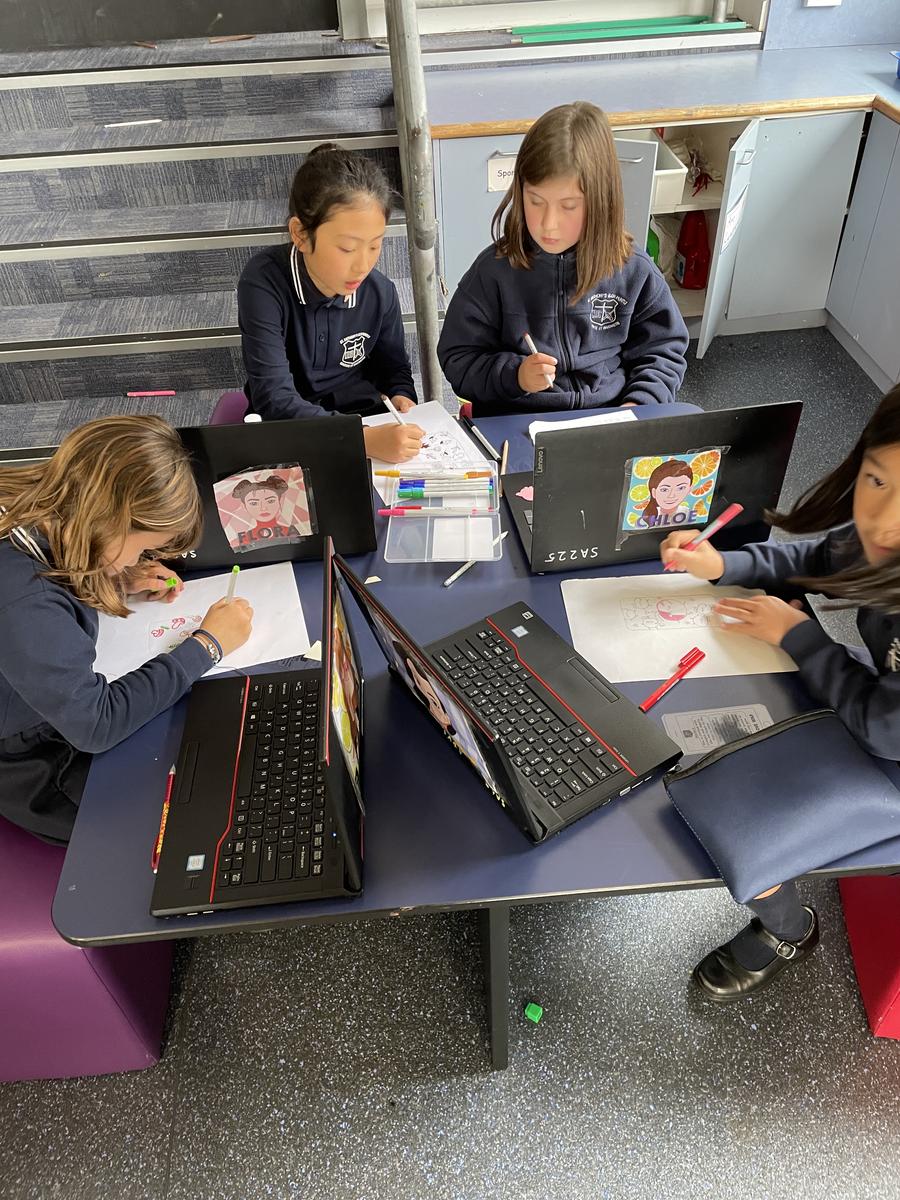English

The Science of Remembering
Recently members of staff were able to attend a talk by Professor Dylan Williams, an expert in the field of educational assessment and someone who has a wealth of experience in working in schools and educational research for decades. Dylan spoke from 9.00am to 4.00pm and would have quite happily kept going if given more time! He imparted lots of his experience and understanding not only in the way that we assess student ability but deliver feedback to best aid student outcomes. However, he also spoke about something very interesting in the field of psychology that I would like to touch on today, some of the science of memory!
Dylan spoke about the Bjork Theory of Disuse. This theory suggests that when an item is in our memory, it is categorised by two different strengths. Storage Strength and Retrieval Strength. The two work together in interesting ways.
Storage Strength (SS): is how well something has been learned to be kept as a memory. This might be affected by how much time has been spent learning it, the conditions it was taught in and more. Something with a strong storage strength has likely been unpacked and practiced over time, meaning it has the capacity to be kept in our memories long term.
Retrieval Strength (RS): is how easy something is to pull out of our memory. This might mean being able to answer a question on it with little thought. This doesn't necessarily mean something we have spent a quality amount of time learning, but rather might be something that we are immediately using or thinking about.
For example, your current address would have both a strong storage and retrieval strength, because not only have you spent a lot of time thinking about it and committing it to memory, but it is likely you need to repeat it quickly and often for forms or when speaking on the phone.
If you were visiting a friend for the first time today and had been told their address, it would likely have a high retrieval strength because you are actively thinking about it and want to use the address correctly. However, if you were asked about this address in a few days, you may not recall it, or only remember the street or number meaning it has a low storage strength.
To keep this example going, you may not be able to remember the address of the house you lived in as a child, however, as soon as someone mentions a street or a particular fact this memory may rush back to you, meaning it has a high storage strength but low retrieval strength. The information is in there somewhere it just needed a little push!
Finally a memory with both a weak retrieval and storage strength may be something you have spoken about briefly, the address of a cafe for example as someone tells a story, but will quickly be forgotten if not discussed again.
What does it mean for teaching?
This is one theory of memory and the science of the brain (there are many!) but something I found very interesting in a school context. Particularly the concept of memories being stored well. We strive that our students understand and can discuss concepts because they have a solid understanding, formed with storage strength, not simply because a topic is current or being discussed each day.
If our students are learning about paragraphing in their writing for example, we would want this to be an understanding with a solid storage strength, and the understanding that to separate our ideas we write separate paragraphs. This might take place in a unit of work on narrative writing for example. We would like this memory to be retained, so that when a student is starting to write another text type, say an information report weeks or months later, they have retained that knowledge and can understand they need to continue to use paragraphs. We aim for students to have retrieval strength as well, and be able to remember their own learning, but understand they may need a bit of a review to get them back on track.
Professor Williams also spoke of the benefits of recalling information as a way of strengthening understanding and storage memory.
He gave the example of a history lesson about a famous battle. Re-learning the information would be starting another session after a period of time walking students through the same information that they had already been taught or exposed to. Remembering would be instead starting a session by saying:
-Who remembers us talking about this?
-What do you remember about this?
-What do you think you may have forgotten about this?
-What are some connections that jump into your mind?
How might we see this at St Anthony's?
Essentially this theory of memory works well with our understanding of education here at St Anthony's. We strive to unpack learning concepts in an accessible way with our students, so not only can they recall them in the short term, but commit them to memory and keep them as their understandings develop and grow. Below are some of the ways I believe we are already enacting strategies with this in mind:
-Learning intentions and success criteria for each session.
-Lessons taught in a sequential, scaffolded order.
-Students consistently asked to share their own thoughts, ideas and understandings.
-Frequent reviews of concepts that have been taught, including through the use of homework.
-Learning concepts shared with parents to discuss and think about at home.
-Visually expressive classrooms which feature not only reminders of content taught but display students own work.
-Classroom routines which allow students to understand the progress of their day and what they are learning about.
and more!
I found this to be an interesting concept to think about, even for our every day life as adults! We continue to be very proud of our classroom practices here at St Anthony's but our expert staff are always looking to continue to learn and develop as well.
Take care!
Tim O'Mahoney
English Leader





